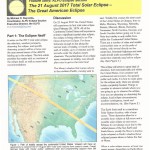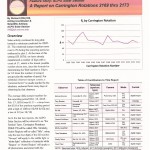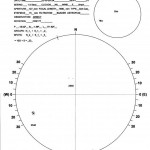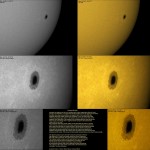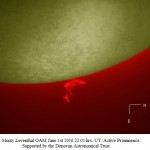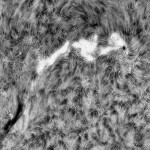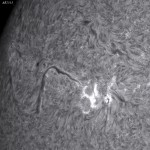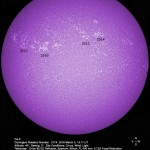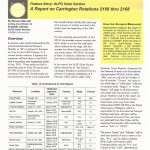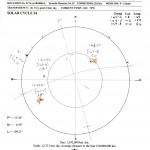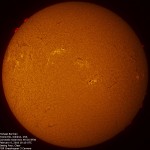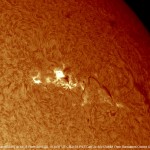January 2, 2016
The New ALPOSS Online Archive
As some of you may have noticed, the ALPO Solar Section has a new online archive, where submitted solar observations and images are being kept. They can be accessed by anyone who has an interest in reviewing them. This official ALPO Solar Section Online Archive is not to be confused with the “ALPO Archive” which is graciously maintained separately by the Arkansas Sky Observatory, but is instead the official ALPO archive where members are encouraged to post their images and observations. This ALPO Solar Section Online Archive is also different than the online archives of some other organizations, which are accessible by File Transfer Protocol (ftp) and where images need to be downloaded to be reviewed.
At the current time, the ALPO Solar Section Online Archive houses almost 28,000 images and observations that were submitted by observers and kept in an off-line archive. It is our feeling that in today’s world of social media and fast internet access, we needed to adapt to the new technologies. We have done so with the creation of the ALPO Solar Section Online Archive and letting everyone see what many dedicated observers over the entire world have done to document the activity of the Sun since 1979, which is the earliest image we have in our archive. Please take a look at what’s there at:
http://www.alpo-astronomy.org/gallery/main.php?g2_itemId=1699 .
If you would like your images to be part of the ALPO Solar Section Online Archive and contribute your own observations, please attach your images (which must contain the information requested in the Summary) to an email and send them to solarimages@alpo-astronomy.org.
Or if you are a member of ALPO, you can upload your images directly to the ALPO Solar Section Online Archive, but have to register first by sending an email with your name and intentions to upload observations to the above email address. You will be sent a guide and information on how you can upload the images yourself. We hope that you will enjoy this change as much as we do.
Happy New Year and lots of Clear Skies,
Theo Ramakers
Acting Assistant Coordinator, the ALPOSS
